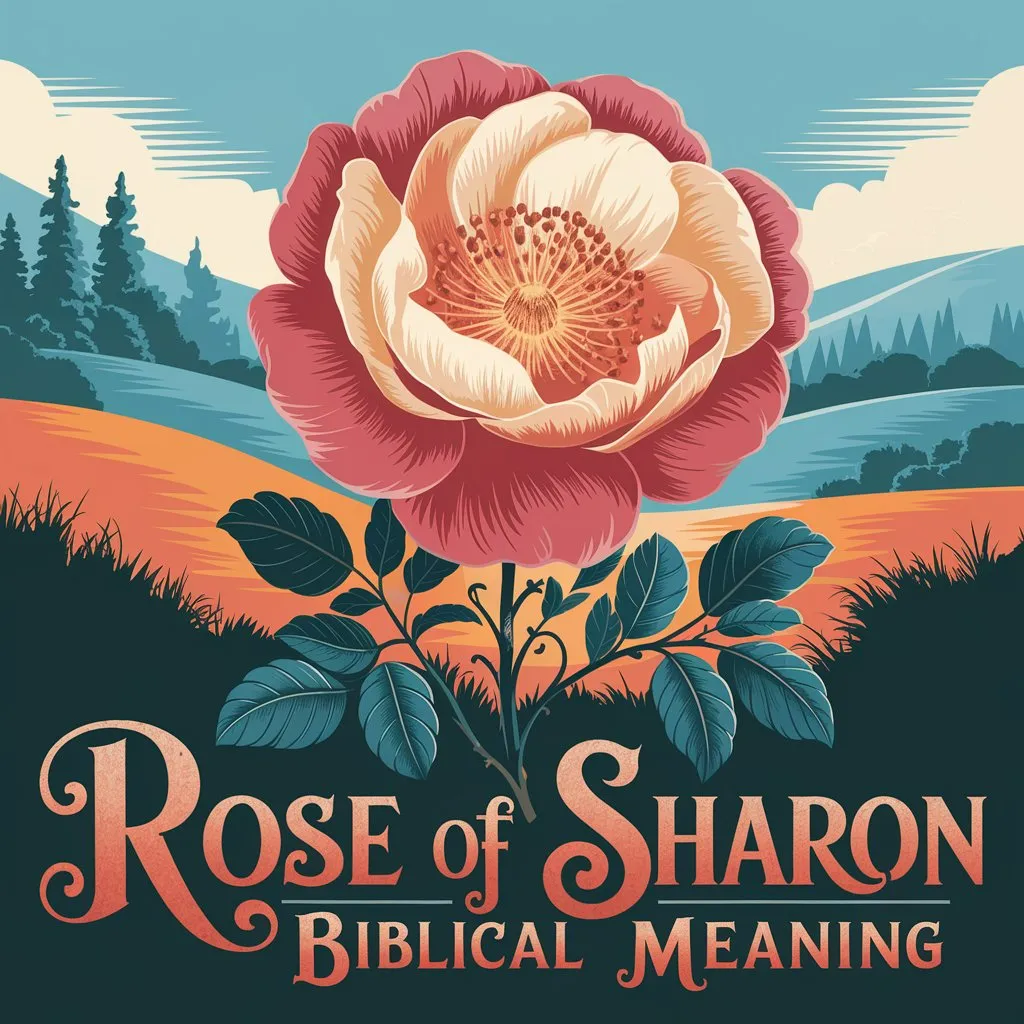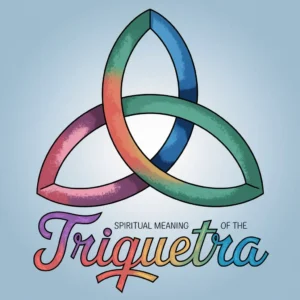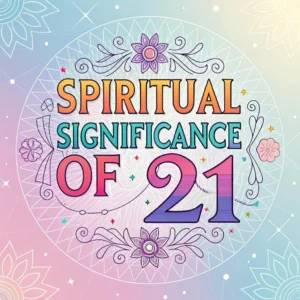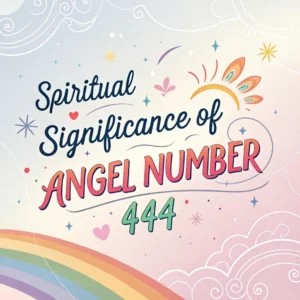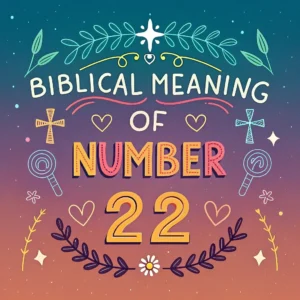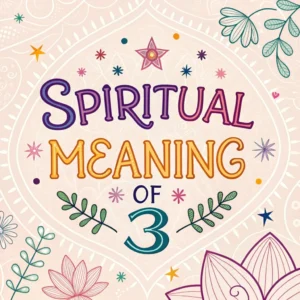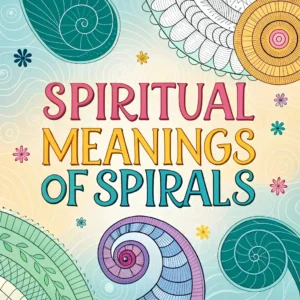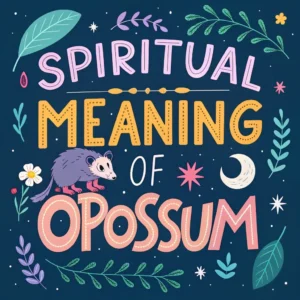The Rose of Sharon holds a profound significance in biblical literature, captivating readers with its symbolic beauty and spiritual depth.
This enigmatic flower, mentioned in the Song of Solomon, has sparked centuries of interpretation and reflection.
Let’s delve into the rich tapestry of meaning behind the Rose of Sharon and explore its relevance in our spiritual journey.
The Rose of Sharon’s Biblical Significance

- The Rose of Sharon is mentioned in Song of Solomon 2:1, symbolizing beauty, love, and perfection.
- Many Christians interpret the Rose of Sharon as a symbol of Jesus Christ, representing His divine nature and salvific role.
- The geographical context of Sharon, a fertile plain in ancient Israel, adds depth to the flower’s symbolism.
- In Christian theology, the Rose of Sharon can represent the Church or individual believers flourishing under Christ’s care.
- The flower’s symbolism extends to marital love, reflecting the intimate relationship between Christ and His Church.
- The Rose of Sharon’s ability to thrive in harsh conditions mirrors Christ’s resilience and hope-giving nature.
- Biblical floral imagery often represents spiritual growth, beauty, and the flourishing of God’s creation.
- The Rose of Sharon serves as a powerful reminder of God’s unfailing love and grace in believers’ lives.
The Biblical Origin of the Rose of Sharon
The term “Rose of Sharon” first appears in the Old Testament, specifically in the Song of Solomon 2:1. This poetic book, also known as the Song of Songs, is renowned for its vivid imagery and romantic themes. The verse reads:
I am the rose of Sharon, and the lily of the valleys.
This single mention has sparked centuries of interpretation and debate among theologians, scholars, and believers alike. The Hebrew word used here, ‘ḥavatzelet‘, has been translated in various ways, adding to the mystery surrounding this flower’s identity.
The poetic nature of the Song of Solomon adds layers of meaning to the Rose of Sharon. Its placement within this romantic text suggests a connection to divine love and the intimate relationship between God and His people.
The flower’s mention alongside the lily of the valleys creates a vivid picture of natural beauty, inviting readers to contemplate the Creator’s artistry in both the physical and spiritual realms.
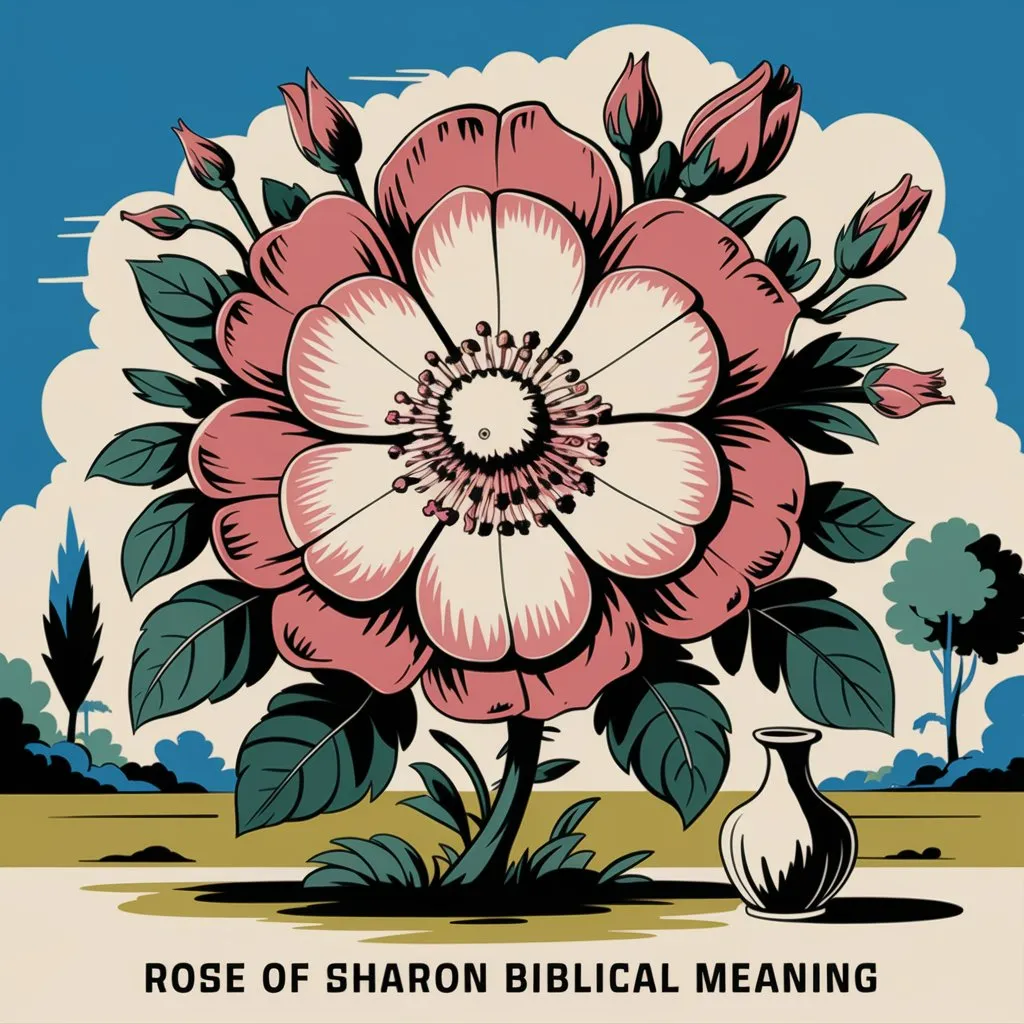
Symbolic Interpretations in Christian Theology
In Christian theology, the Rose of Sharon has been interpreted in several profound ways, each offering a unique perspective on its spiritual significance:
Representation of Jesus Christ
Many Christians view the Rose of Sharon as a powerful symbol of Jesus Christ. This interpretation draws parallels between the flower’s attributes and Christ’s divine nature:
- Beauty: The rose’s renowned beauty reflects Christ’s perfect nature and divine glory.
- Fragrance: Just as a rose’s scent fills the air, Christ’s influence permeates the lives of believers.
- Resilience: The flower’s ability to thrive in harsh conditions mirrors Christ’s strength in adversity and His power to bring hope to challenging situations.
Emblem of the Church or Individual Believers
Another interpretation sees the Rose of Sharon as representing the Church as a whole or individual believers:
- Flourishing: Under Christ’s care, believers are seen as beautiful flowers thriving in God’s garden.
- Growth: The rose symbolizes the spiritual growth and maturation of believers in their faith journey.
- Beauty in Diversity: Just as roses come in various colors, the Church is diverse yet unified in Christ.
The multifaceted symbolism of the Rose of Sharon reflects the richness of Christian theology. Its association with both Christ and the Church highlights the intricate relationship between the divine and human aspects of faith.
This dual interpretation invites believers to contemplate their personal connection with God while also recognizing their place within the larger body of believers, fostering a sense of individual worth and communal belonging.

Geographical Context: The Plains of Sharon
The mention of “Sharon” in the Bible refers to a specific geographical location that adds depth to the flower’s symbolism:
- Sharon was a fertile plain located between Joppa and Caesarea in ancient Israel.
- Known for its lush landscapes and rich agricultural produce.
- This context enhances the symbolism, paralleling the spiritual abundance and beauty associated with the Rose of Sharon.
The geographical significance of Sharon provides a tangible backdrop to the spiritual metaphor. This fertile plain, known for its abundant vegetation, serves as a natural parallel to the spiritual fruitfulness symbolized by the Rose of Sharon.
The physical beauty and productivity of the region reinforce the idea of divine blessing and the flourishing of God’s people, creating a powerful connection between the natural world and spiritual truths.
The Rose in Broader Biblical Symbolism
While the Bible doesn’t directly associate the modern rose with specific symbolism, floral imagery is prevalent in biblical texts:
- Flowers often represent beauty, growth, and the flourishing of God’s creation.
- In the Song of Solomon, flowers symbolize love, beauty, and the blossoming of relationships.
- The use of floral imagery invites readers to contemplate the beauty of God’s handiwork in nature and spiritual life.
The rich tapestry of floral symbolism in the Bible extends far beyond the Rose of Sharon. Throughout Scripture, flowers and plants serve as powerful metaphors for spiritual truths.
From the lily of the valley to the cedars of Lebanon, each botanical reference carries layers of meaning.
This diverse use of natural imagery highlights the interconnectedness of God’s creation and His divine message, inviting believers to see spiritual lessons in the world around them.

Spiritual Applications for Believers
The symbolism of the Rose of Sharon offers rich spiritual applications for believers:
Embracing Divine Beauty
- Recognize the inherent beauty God has placed within each person.
- Cultivate inner beauty that reflects Christ’s character.
Growing in Adverse Conditions
- Like the rose thriving in harsh environments, believers can flourish spiritually even in challenging circumstances.
- Trust in God’s nurturing care to sustain and grow faith.
Spreading Spiritual Fragrance
- Just as a rose’s scent permeates its surroundings, believers are called to spread the fragrance of Christ’s love.
- Live in a way that attracts others to the beauty of faith.
The practical implications of the Rose of Sharon symbolism offer believers a tangible way to apply spiritual truths in their daily lives.
By embracing divine beauty, persevering through challenges, and radiating Christ’s love, individuals can embody the qualities represented by this biblical flower.
This application transforms the Rose of Sharon from a mere poetic image into a living metaphor, guiding believers in their spiritual growth and interactions with the world around them.

The Rose of Sharon in Christian Worship and Art
The powerful symbolism of the Rose of Sharon has inspired various expressions in Christian worship and art:
Hymns and Songs
- Many hymns and contemporary worship songs incorporate the Rose of Sharon imagery.
- These musical expressions celebrate Christ’s beauty, love, and redemptive work.
Visual Arts
- Paintings and stained glass windows often depict the Rose of Sharon.
- These artistic representations serve as visual reminders of Christ’s beauty and the Church’s relationship with Him.
The artistic expressions inspired by the Rose of Sharon demonstrate its enduring impact on Christian culture. From melodic hymns to vibrant paintings, this biblical symbol has found its way into various forms of worship and creativity.
These artistic interpretations not only beautify places of worship but also serve as powerful teaching tools, helping believers visualize and internalize the spiritual truths associated with the Rose of Sharon.
Through art and music, the ancient symbolism continues to resonate with contemporary audiences.
Contemplating the Rose of Sharon Today
In our modern context, the Rose of Sharon continues to offer rich spiritual insights:
Personal Reflection
- Use the image of the Rose of Sharon as a focal point for meditation on God’s love and beauty.
- Consider how your life can reflect the qualities symbolized by this flower.
Community Application
- Explore how the Church can embody the beauty and resilience of the Rose of Sharon in today’s world.
- Encourage one another to flourish spiritually, even in challenging times.
The timeless relevance of the Rose of Sharon symbolism bridges the gap between ancient scripture and modern spirituality.
In today’s fast-paced world, this biblical image offers a moment of pause for personal reflection and community growth.
By contemplating the qualities represented by the Rose of Sharon, believers can find renewed purpose and inspiration in their faith journey, applying age-old wisdom to contemporary challenges and aspirations.
The Enduring Appeal of the Rose of Sharon
The Rose of Sharon’s enduring appeal in biblical interpretation and Christian spirituality stems from its rich symbolism and evocative imagery. It continues to inspire believers to:
- Seek the beauty of Christ in their lives.
- Cultivate spiritual growth and resilience.
- Embrace their identity as beloved children of God.
As we reflect on the Rose of Sharon, may we be reminded of the unfathomable love of God, the beauty of Christ, and our call to flourish in faith, spreading the fragrance of divine love to the world around us.
The lasting impact of the Rose of Sharon in Christian thought and practice speaks to its profound spiritual significance. This biblical symbol continues to resonate with believers across generations, offering a timeless metaphor for divine love and human faith.
Its enduring appeal lies in its ability to encapsulate complex theological concepts in a simple, beautiful image, making spiritual truths accessible and relatable to people from all walks of life.
The Rose of Sharon thus remains a powerful tool for spiritual growth, community building, and personal reflection in the modern Christian journey.
FAQs
What is the exact species of the Rose of Sharon mentioned in the Bible?
The exact species of the Rose of Sharon mentioned in the Bible is not definitively known. The Hebrew term used, ‘ḥavatzelet’, has been translated in various ways. Some scholars suggest it might refer to a crocus-like flower or a member of the hibiscus family, rather than a true rose.
Is the Rose of Sharon only mentioned in the Song of Solomon?
The specific phrase “Rose of Sharon” appears only once in the Bible, in Song of Solomon 2:1. However, the plain of Sharon is mentioned in other parts of the Old Testament, often in reference to its fertility and beauty.
How does the Rose of Sharon relate to Jesus Christ?
Many Christians interpret the Rose of Sharon as a symbol of Jesus Christ, representing His beauty, perfection, and ability to bring hope in challenging circumstances. This interpretation, while not explicitly stated in the Bible, has become a common spiritual analogy.
Can the Rose of Sharon symbolism be applied to individual believers?
Yes, the Rose of Sharon symbolism can be applied to individual believers. It can represent the beauty and growth of a person’s faith, as well as their ability to flourish spiritually under God’s care, even in difficult circumstances.
Are there any modern plants called Rose of Sharon?
Yes, there is a modern plant commonly called the Rose of Sharon. It’s scientifically known as Hibiscus syriacus, a species of flowering plant in the mallow family. However, this plant is not necessarily the same as the biblical Rose of Sharon.
How is the Rose of Sharon used in Christian worship today?
The Rose of Sharon is often used in Christian worship through hymns, songs, and visual art. It serves as a metaphor in sermons and teachings to illustrate Christ’s beauty and the Church’s relationship with Him.
Does the Rose of Sharon have significance in other religions?
While the Rose of Sharon is primarily significant in Judeo-Christian traditions, floral symbolism is common in many religions. However, the specific term “Rose of Sharon” is not typically used in other faith traditions.
Can growing a Rose of Sharon plant have spiritual significance?
For some believers, growing a Rose of Sharon plant can have personal spiritual significance as a tangible reminder of biblical teachings and God’s beauty in creation. However, the plant itself is not considered sacred or imbued with special powers.
Is the Rose of Sharon related to the Lily of the Valley mentioned in the same verse?
The Rose of Sharon and the Lily of the Valley are mentioned together in Song of Solomon 2:1, but they are distinct flowers. Both are used metaphorically to describe beauty and purity, but they are separate botanical entities.
How can understanding the Rose of Sharon enhance one’s faith journey?
Understanding the Rose of Sharon can enhance one’s faith journey by providing a rich metaphor for contemplating Christ’s beauty, God’s love, and the believer’s growth in faith. It can inspire deeper reflection on spiritual truths and encourage believers to flourish in their relationship with God.

Hello, I’m Zephyra, your guide at SpiritualityEssence.com. I’m passionate about uncovering life’s mysteries and sharing transformative insights. Let’s explore mindfulness, ancient rituals, and the path to a more awakened life together. Join me on this spiritual journey!

